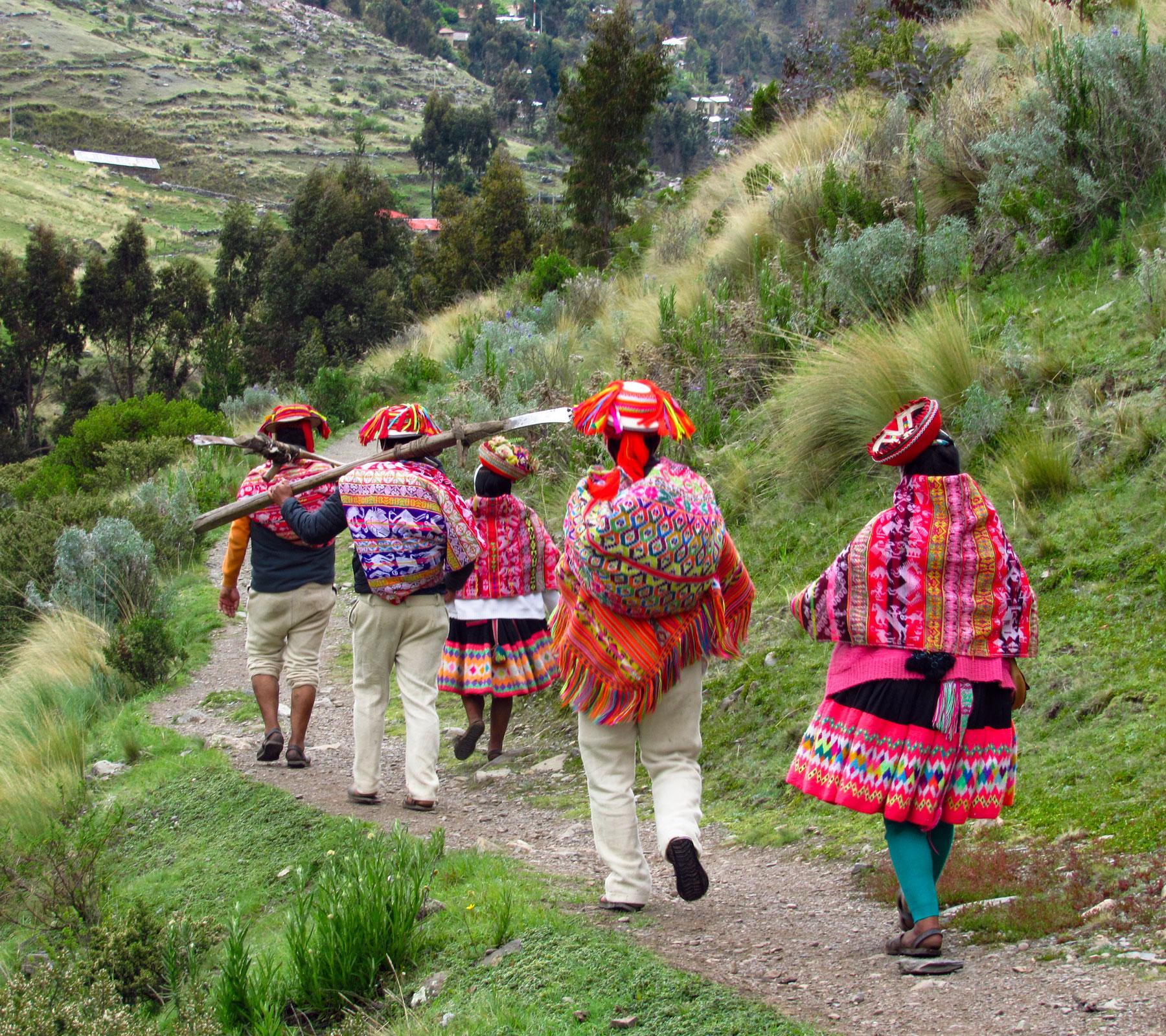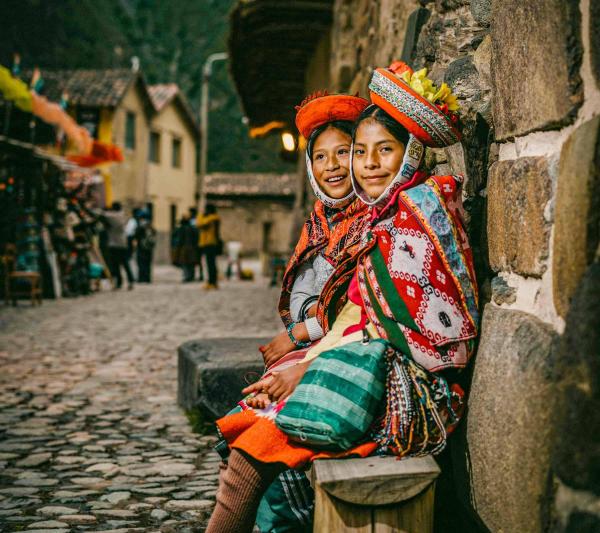Lares Cusco
Lares, Cusco
Lares is a picturesque region located in the Andean highlands of the Cusco region in Peru. Known for its serene landscapes, traditional Andean culture, and the famous Lares Trek, it is a hidden gem for travelers seeking an authentic Peruvian experience. The area is characterized by its rolling hills, snow-capped mountains, crystal-clear lakes, and terraced fields where locals cultivate crops such as potatoes and corn. Lares is also renowned for its natural hot springs, which provide a relaxing retreat for both locals and visitors.
The region is dotted with small, remote villages inhabited by Quechua-speaking communities, who maintain a traditional way of life largely unchanged for centuries. These communities are known for their vibrant textiles, crafted using ancient weaving techniques passed down through generations. The Lares area offers a unique opportunity to explore the rich cultural heritage and natural beauty of the Peruvian Andes, far from the more touristy areas of Cusco.
Lares History:
Lares has a long history that is deeply intertwined with the Andean civilization. The region has been inhabited for thousands of years, long before the rise of the Inca Empire. The people of Lares are descendants of the ancient Quechua people, who were part of the vast Tahuantinsuyo, or Inca Empire, which stretched across much of western South America before the Spanish conquest in the 16th century.
The Inca influence is still evident in the region, particularly in the agricultural terraces and irrigation systems that dot the landscape. These terraces were ingeniously designed to maximize agricultural productivity in the challenging Andean environment. The region's traditional weaving practices also have roots in the Inca period, with many designs and patterns carrying symbolic meanings that have been preserved through oral tradition.
During the Spanish colonial period, the remote location of Lares allowed the local communities to preserve much of their cultural heritage, even as Spanish influence spread throughout Peru. Today, Lares remains a bastion of traditional Andean culture, with its inhabitants continuing to practice age-old customs and live in harmony with the land.
Lares has gained recognition as a destination for cultural tourism, offering visitors the chance to engage with the local communities and learn about their history, traditions, and way of life. The Lares Trek, which passes through the region, has become an alternative route to the more popular Inca Trail, attracting trekkers who are interested in both the natural beauty and cultural richness of the Andes.
Lares Trek Overview
The Lares Trek offers an immersive journey through the Andes, starting on the day designated for your Inca Trail adventure. It's important to note that the itinerary may slightly shift depending on the season, with some variations to ensure the best experience.
The trek through the Lares Valley is marked by its connection to remote Andean villages, offering a more intimate interaction with the descendants of the Inca civilization compared to the traditional Inca Trail. Here, history and present-day life are deeply intertwined, with the mountain communities preserving many ancient customs. The landscapes are breathtaking, and the encounters with the local people make this trek truly unforgettable.
The journey begins with a departure to Ollantaytambo, passing through the town of Calca. You'll enjoy lunch at a charming local restaurant before organizing for the trek. In Ollantaytambo, a team of llamas, alpacas, horses, and their handlers will assist in transporting your gear. The crew, including an experienced guide and skilled cook, will ensure your comfort throughout the trek.
The next stage takes you to Kiswarani Pass, sitting at approximately 4,400 meters above sea level, where the high-altitude flora thrives. After soaking in the stunning views from the pass, the trail descends to Kunkani, a village characterized by traditional mud huts with thatched roofs, where you'll set up camp for the night.
The following day, the trek continues over the Kunkani Pass and then up to Ipsayqocha Pass, reaching around 4,500 meters. After a day of incredible scenery, you'll descend to your second campsite, named after the beautiful highland lake, Ipsayqocha.
As you descend further the next day toward Patacancha, you'll traverse a variety of microclimates, each revealing a different aspect of the region's diverse ecosystem. The trek leads you through high-altitude grasslands, down through cloud forests, and finally into the warmer Urubamba Valley. Along the way, you may encounter wildlife such as wild foxes, chinchillas, eagles, and perhaps even catch a glimpse of the majestic condors in flight.
Upon reaching Patacancha, you'll enjoy a final lunch prepared by your cook before heading back to Ollantaytambo. From there, a train will take you to Aguas Calientes, a town located just two hours away. After the physical challenges of the trek, you'll appreciate a well-deserved shower and a restful night’s sleep.
On the final morning, you'll rise early for breakfast and then take a 20-minute bus ride to the iconic archaeological site of Machu Picchu, one of the New Seven Wonders of the World. Your visit will begin with a two-hour guided tour, followed by ample time to explore the ancient citadel at your own pace before returning to Cusco via the Expedition or Vistadome Train.





